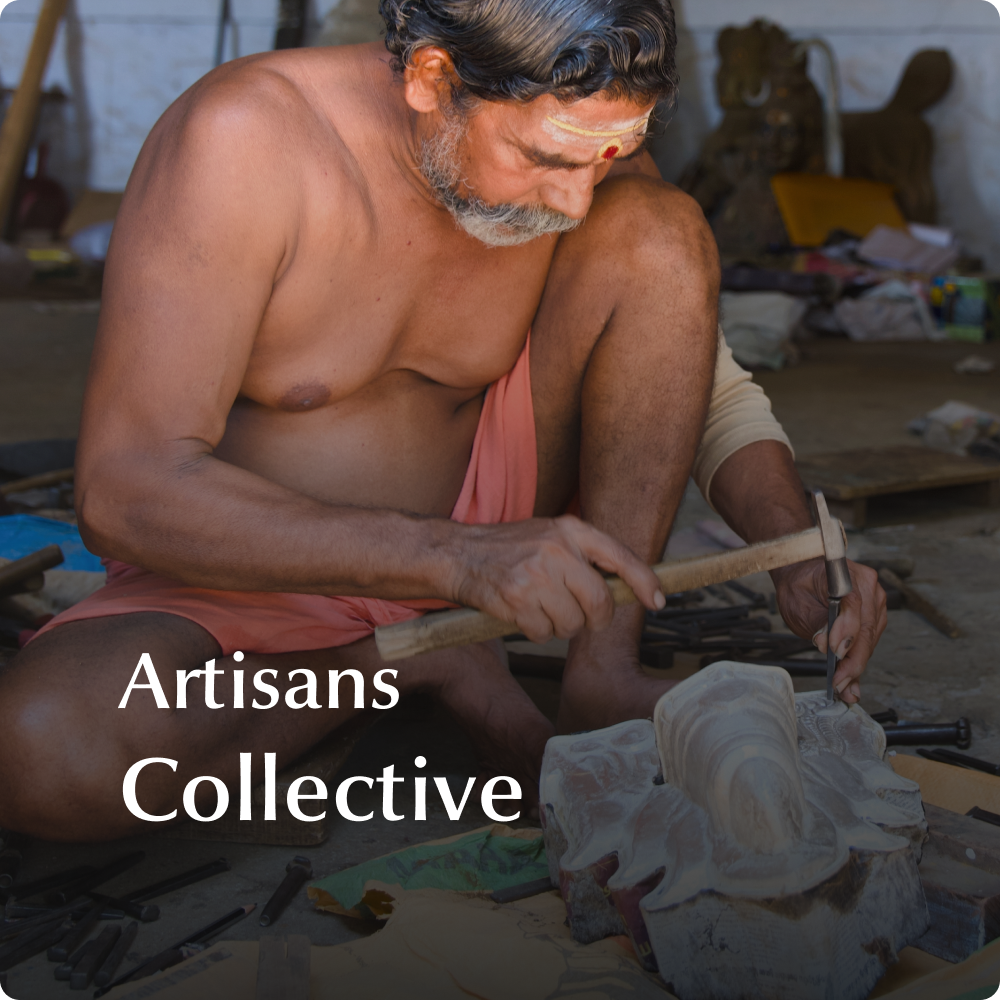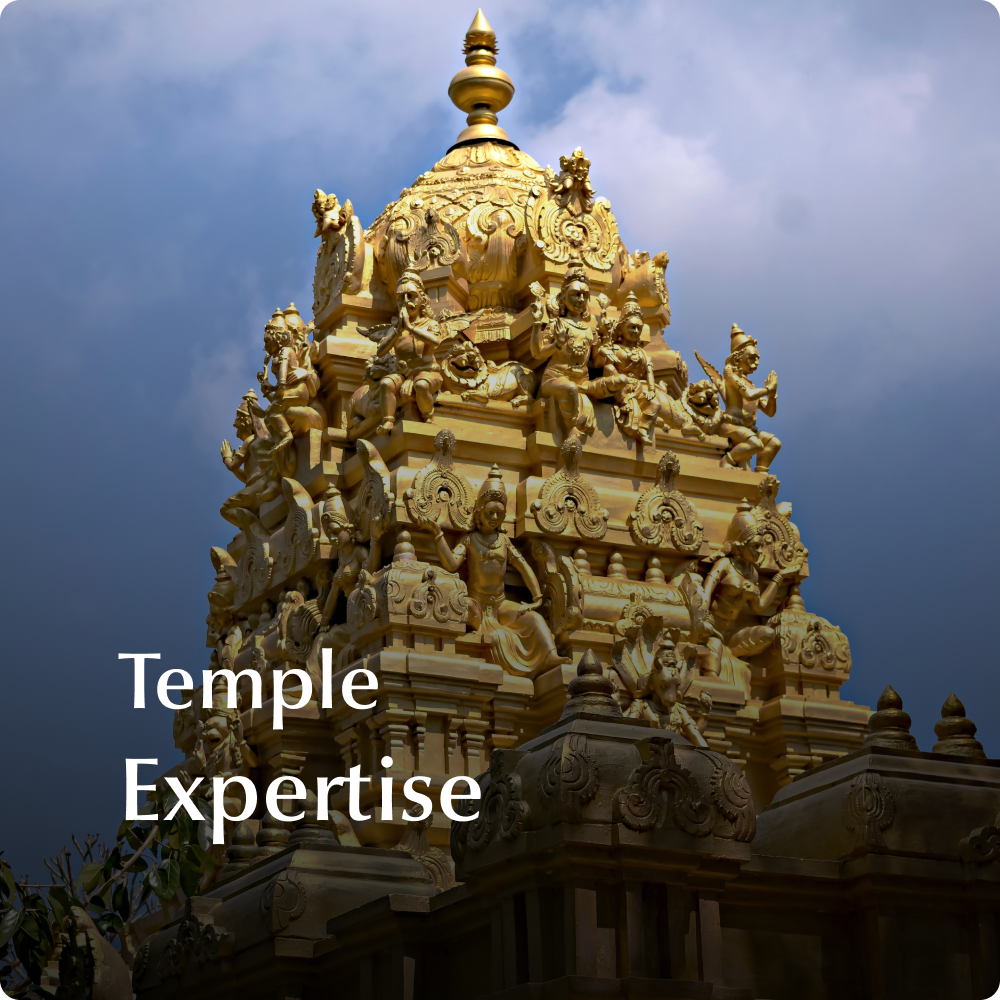Whenever the whole world gears up to celebrate New Year when January comes, South India, especially Tamil Nadu gets about preparing for their harvest festival. Pongal is a 4 day extravaganza that beats any other Tamil festival. Being an ancient civilization, the Tamil customs and festivals encompass traditions that go back thousands of years. The flavour of the past can still be seen in many of the rituals, which had been passed on from generation to generation.
The Pongal festival begins on the last day of the Tamil month of Margazhi. It is the harvest festival named after the overflowing pots of rice boiled in milk. It also marks the end of the winter solstice, when the Sun begins its return to the Northern hemisphere. Although several other Indian states celebrate their own versions of the harvest festival on the same days, Pongal in Tamil Nadu is a unique experience.

Bhogi festival :
The first day of the Pongal celebrations is the Bhogi festival. There is a well known saying in Tamil associated with Bhogi, that goes like –
பழையன கழிதலும் புதியன புகுதலும்
Pazhayana Kazhidhalum Pudhiyana Pugudhalum
It translates to – Removing the old, so the new may enter.
On the day of Bhogi, the members of the family rise at dawn. Any activities must be commenced only after taking a ritualistic bath. The house is thoroughly cleaned if not done beforehand. Since the whole home has to be cleaned out and all the obsolete objects removed, people usually spread the cleaning work over the week before the Pongal festival begins. The floors are swept and scrubbed.
The women draw elaborate Kolams with Rice flour and red mud outside the home. Nowadays there is an abundance of coloured kolam powder, and one can see the streets bedecked with colourful Kolams and drawings for Pongal. Pyramidal lumps of cow dung are placed at the centre of the kolams. A single yellow pumpkin flower with five petals is stuck in the lump. This is considered to be very auspicious.
The men head out to the fields and gardens for a special puja. They smear sandalwood paste on their farming implements. They chant prayers in praise of the sun and the earth. The first harvest of the year is made with these implements. The first harvest from the fields is brought to the home in preparation for the following day.
At night, the people bring out the obsolete and old objects like mats, clothes, etc… and burn them on the streets. This is to cultivate the habit of keeping the home clutter free. Like the farmers get their bounty from the harvest, every other craftsman is also assured business by buying new utensils, clothes, household essentials etc. However with increase in pollution in heavily populated areas, the habit of burning things is being discouraged. Instead people are encouraged to donate their gently used clothes and utensils to those less fortunate than them.

Pongal :
The second day of the festival is the main day of celebration and is called Pongal itself. Some call it Thai Pongal as the Margazhi month of the Tamil calendar ends and the day marks the beginning of the Thai month. As the day before, the family rises early at dawn. Ritualistic baths are taken prior to commencing the day. The day also coincides with Makara Sankranti, the harvest festival celebrated in various other states of India.
The entryway of the homes are decorated with mango leaf thorans. The puja utensils and puja room is cleaned thoroughly. The pictures and idols are wiped clean, and decorated with fresh clothes, jewellery and flower garlands. The space right in front of the home is cleaned again and colourful kolams are drawn. Earthen pots are purchased from pot makers. They are painted in colourful patterns. This is called the Pongal Paanai – The Pongal pot. This pot and the first harvest are placed in the puja room as offerings to the Gods.
Turmeric plants are bought whole and the leaves are tied around the neck of the pot with the turmeric roots. The newly harvested rice and pulses are put to boil along with milk. One pot is for the savoury Pongal and one pot is for the sweet Pongal made by adding jaggery. Both the Pongals are let to overflow over the brim of the pots, which is considered a sign of overflowing good fortune. The first harvest of vegetables are all cooked together to form a spicy stew which is eaten with the Pongal.
People in villages usually gather in the temple grounds to make Pongal and celebrate the day together. The temple is also decorated and the idols cleaned and adorned. A Puja is held to ask the Gods to bless the farmers the year round with bountiful crops. Traditional games that test the dexterity are held, in which the boys and men participate to win prizes.

Maatu Pongal :
The third day of the Pongal festival is the Maatu Pongal, which translates to Pongal for the Cows. This does not limit the festival to Cows, but it is meant to honour all the livestock that helped the farmers in their work.
The cattle are scrubbed to clean them. Sandalwood paste and vermillion are smeared on their foreheads. The horns of the bulls are painted in colourful patterns. They are adorned with flower garlands and bells on ropes. Special meals are prepared and offered to them. They are worshipped both for their aid in the farm work as well as the sustenance they provide with milk and fertiliser.
The traditional game of the Tamils – Jallikattu is played on this day. Huge crowds of people from many villages and cities, gather in certain towns of South Tamil Nadu to participate and witness the game. Bulls specially bred and trained for this purpose and let in the Jallikattu tracks and men attempt to hold onto them. The winners are offered prizes of cash and other household articles.

Kaanum Pongal :
The fourth day of Pongal festival is called as Kaanum Pongal. It is also called as Kanya Pongal. Once again the home is cleaned and decorated with kolams. Those living along rivers head out to the river banks with their families. Food is packed and taken, or those following tradition, cook in the open on the river banks. The people celebrate the previous 3 days of Pongal with typical vegetarian dishes. But on Kaanum Pongal those who are non-vegetarian cook meat and rice. Food is shared between the families and children play joyfully. Those living along the Cauvery river, perform puja to mother Kaveri, who keeps their lands fertile.
Another village tradition is the Kummi pudi where an unmarried girl is made to sit in the centre of a circle formed by other village women. They sing songs, where the rhythm is set by clapping their hands in unison. They dance around the girl. This is believed to speed up the process of marriage for the girl.
Like the Rakhi festival of North India, the young women of south India, pray for the wellbeing of their brothers. The leftover Pongal from the day before is left on a banana leaf outside the home or on the terrace as an offering to the crows and other animals. This ritual is called as Kanu.
Kaanum Pongal is considered very auspicious and the day is spent in strengthening old relationships and building new ones. Marriage proposals and alliances are sought on this day.
Pongal is an authentic and very traditional Tamil festival. It is best experienced in the heart of traditional Tamil Nadu in places like Madurai, Thanjavur, Coimbatore etc… If you are a non Tamilian, you should visit Tamil Nadu at least once during Pongal. The state is at its best during the Pongal festival with plenty of good food and entertainment. As for our beloved Tamil readers, we would love to hear about unique customs and rituals that you may have in your family. Share them in the comments below for our other readers to enjoy.







